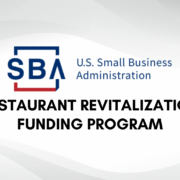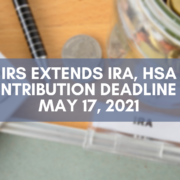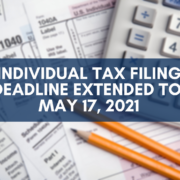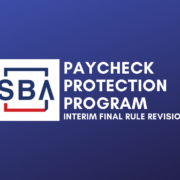Bolster Wealth Management with Trusts
Trusts can be a useful tool for affluent individuals and families when it comes to wealth management, protection and growth. But there are a wide variety to choose from, so it’s important to clearly understand the benefits and limits of a trust before choosing any one type.
What’s a trust?
A trust is a legal document that dictates how an individual’s assets will be managed for another person’s (or other people’s) benefit(s). There are usually three parties to a trust: the grantor who creates the trust, the beneficiary (or beneficiaries) who’ll benefit from the trust and the trustee(s) who’ll manage the assets according to the trust’s terms and in the beneficiary’s best interests.
All trusts fall into one of two broad categories: living trusts and testamentary trusts. Living trusts are set up during an individual’s lifetime to transfer property to the trust. Testamentary trusts are established as part of an individual’s will and take effect after he or she dies.
Living trusts can be further categorized as revocable and irrevocable. With a revocable trust, the grantor retains control of the trust’s assets and can revoke or change its terms at any time. With an irrevocable trust, the grantor no longer owns the assets and, thus, can’t make changes to the trust without the beneficiary’s consent.
How can one protect you?
Individuals looking to manage their wealth in a patient and prudent manner can achieve various financial and estate planning goals from a trust, depending on its type. For example, many affluent individuals, professionals and business owners use a Delaware statutory trust to protect their assets from a loss resulting from a legal judgment, such as malpractice or personal injury liability. A Delaware trust also can be used instead of a prenuptial agreement by a spouse to preserve his or her assets in case of a divorce.
When establishing a Delaware trust, you transfer the assets you want to protect to an irrevocable trust — these assets can include cash, business ownership interests, real estate, and securities like stocks and bonds. These assets generally will be protected from future creditors. Although you must give up some control of the assets when you place them in the trust, you can retain some powers, such as the right to direct the investment of trust assets and to receive income and principal distributions from the trust.
A trust with a funny name
If one of your professional advisors suggests creating a trust that’s “intentionally defective,” you might consider hanging up the phone. However, despite its funny name, an intentionally defective grantor trust is a completely valid way to minimize gift and estate taxes when transferring certain assets, such as an ownership interest in a closely held business, to the next generation.
The key is that contributions of ownership interest to the trust must be considered gifts. This removes the assets and their future appreciation from your taxable estate. The trust’s income is taxable to you, not your heirs. As a result, trust assets can grow unencumbered by income taxes, which increases the amount of wealth your heirs may receive upon your passing.
Who can help?
There are many other trust types to consider. The rules for establishing and maintaining any trust can be complex, so please contact our firm for guidance.










